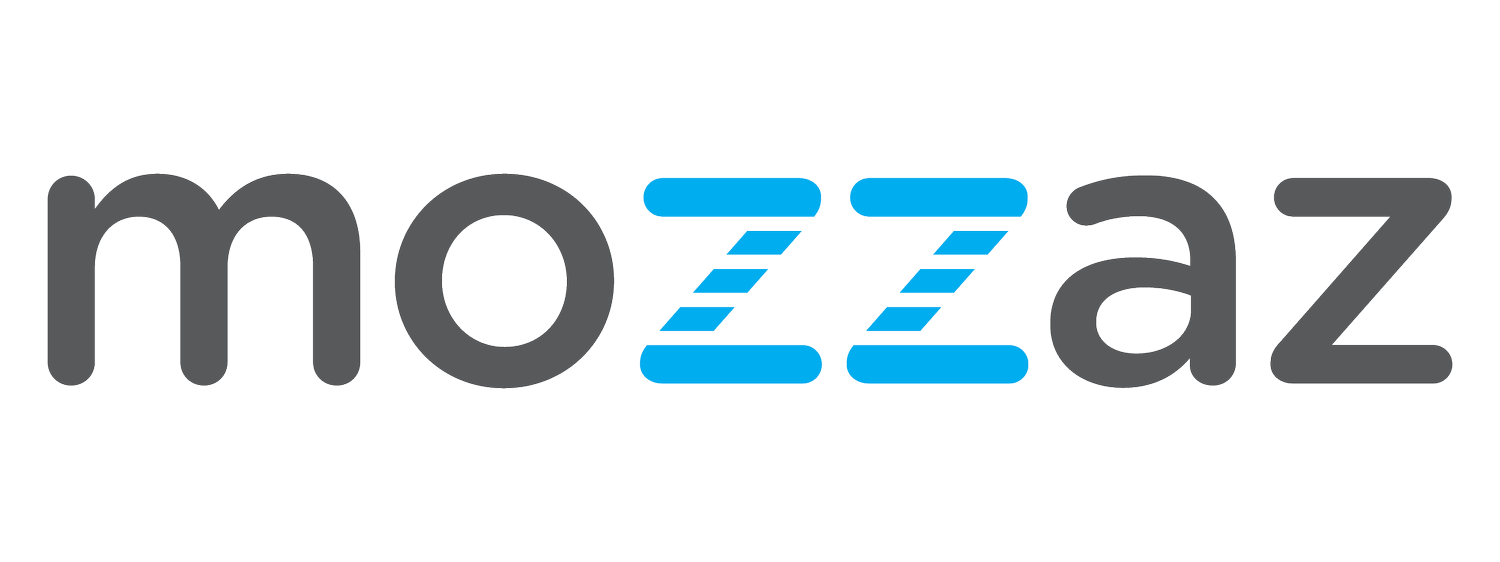Remote Patient Monitoring: A Piece of the Telehealth Puzzle
A “house call” used to be one of a doctor’s most frequent duties, bringing care to patients in their own homes. Over the years, however, this practice has fallen by the wayside in favor of in-office visits, which allow doctors to treat more patients at a time.
Today, technology has enabled the house call to come back in a big — albeit different — way. Thanks to the advent of secure video conferencing, patients can see physicians and specialists from the comfort of their homes once again, but digital health services have expanded to accommodate much more than a simple doctor’s visit. In addition to virtual visits, wearable technologies also enable caregivers to keep a watchful eye on a patient’s vital signs from a distance.
Remote patient monitoring is just one application of telehealth- a piece of the larger puzzle. Telehealth encompasses a broad range of services that utilize telecommunications to deliver healthcare, education and more remotely. Although telehealth and remote patient monitoring are connected, these terms are not interchangeable. Read on to learn more about the larger umbrella of telehealth services, and then zoom in specifically on the topic of remote patient monitoring.
What Is Telehealth?
When most people today think about telehealth, they only think of the technologies that enable virtual visits. However, this is not the only form that telehealth services can take. Simply put, telehealth is the term used to describe any technology that allows providers to communicate with patients and provide care and education remotely.
This method can include everything from a phone consultation, virtual visits, patient or professional education and even public health related initiatives. Telehealth involves a variety of technologies to ensure seamless processes and data exchange including patient portals, electronic health record systems (EHR), digital health platforms, and more. To further simplify, anything that utilizes technology to provide or facilitate healthcare services, falls into the category of telehealth.
What Is Remote Patient Monitoring?
Remote patient monitoring (RPM) involves the continuous collection of patient data remotely via a medical device. There are a variety of devices that qualify as a part of RPM programs like glucose monitors, blood pressure cuffs, pulse oximeters, and even fitness trackers to name a few. These connected devices, specific to the patient’s condition, give clinicians valuable insights into important vitals on a more frequent basis, empowering them to make interventions early and often. This helps patients maintain and improve their current health status and frees up healthcare resources for those in more critical conditions.
How does remote patient monitoring work? FDA-approved medical devices are connected via Bluetooth or other means to a monitoring platform. As data is collected, a qualified healthcare provider (QHP) can read the results. When desired, RPM technology can update a patient’s electronic health records automatically and store data to be accessed by the QHP asynchronously through a clinician dashboard. This provides clinicians with the ability to either check in on a patient’s status periodically or receive continuous updates, based on the individual patient’s needs and the QHP’s preferences.
RPM as a Telehealth Service: The Mozzaz Solution
Remote patient monitoring, as a specific type of telehealth service, has proven benefits for a variety of clinical programs and patient populations. The constant stream of vital data allows providers to look for any anomalies or trends that might indicate cause for concern, and treatment plans can be adjusted accordingly. This high-value technology is resulting in reduced hospital admissions, increased treatment adherence, improved quality of care and, ultimately, cost savings
The most successful RPM programs are a part of a larger telehealth ecosystem. On a standalone basis, the Mozzaz remote patient monitoring solution, is packed with benefits for both patients and providers, but it is only a part of a bigger picture. With full telehealth capabilities, our highly versatile platform can extend past RPM and to deliver extensive, personalized virtual care solutions, providing patients with digital care plans, telemedicine capabilities, educational content, and more.
To learn more about all our virtual care solutions and how they can fit into your programs specifically, get in touch with us today.
References
(1) Connected Care and Telehealth Definitions Report. (2020). HIMSS. Retrieved from https://www.himss.org/resources/connected-care-and-telehealth-definitions-report

